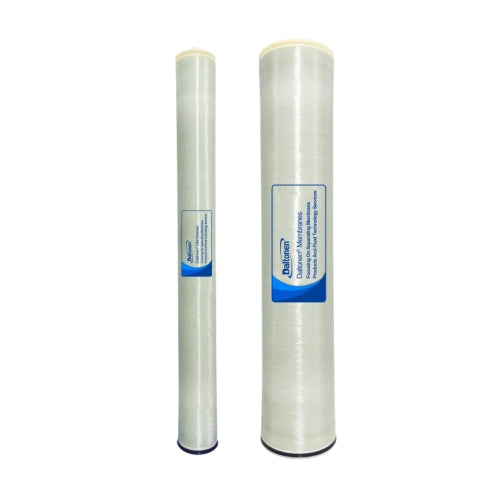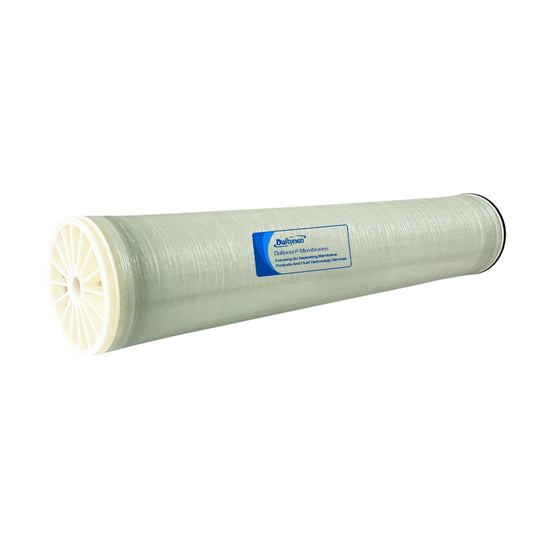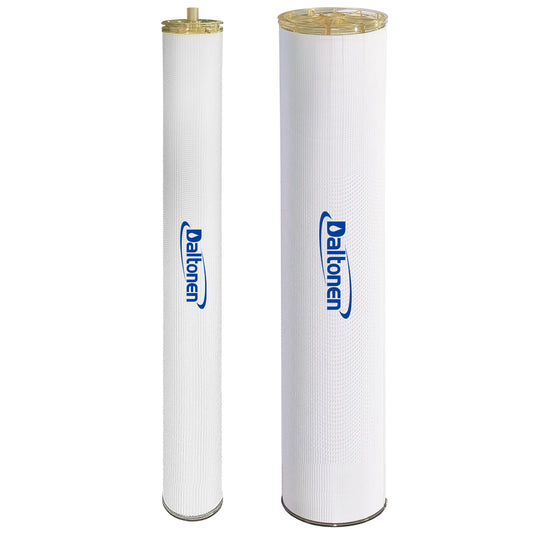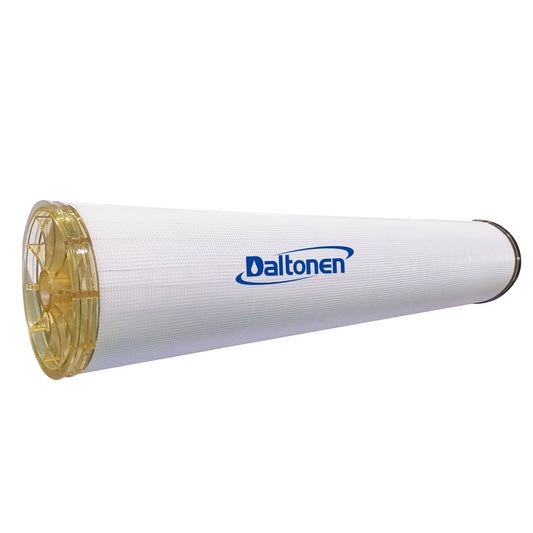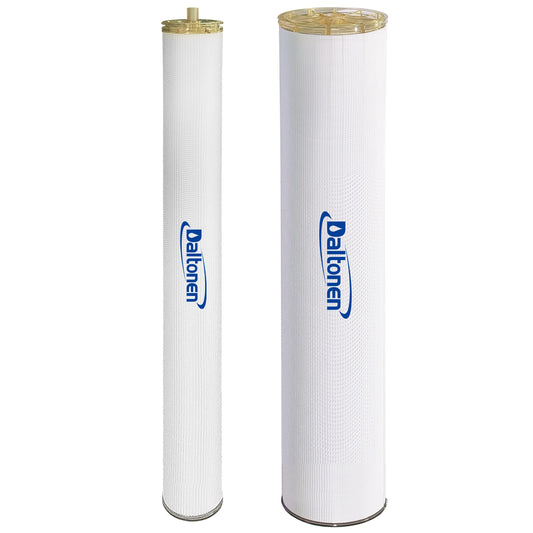How Often Should Reverse Osmosis Membranes Be Replaced in a Power Plant Producing 400 Tons of Water per Hour?
27 Apr 2025
For a reverse osmosis (RO) system in a power plant producing 400 tons of water per hour, the replacement cycle of RO membranes is typically between 3-5 years. However, the actual replacement time can vary due to a number of factors. Here is a detailed analysis:
1. Water Quality Factors
-
Raw Water Hardness: If the raw water has a high content of calcium and magnesium ions, it is prone to forming scale on the membrane surface, which reduces the membrane's flux. In such cases, the lifespan of the RO membrane may be shortened to 1-2 years.
-
Organic Matter Content: A high level of organic matter in the raw water can adsorb onto the membrane surface, clog the micropores, and form a gel layer. If the pre-treatment process cannot effectively remove these organics, the lifespan of the RO membrane may be reduced to 1.5-2.5 years.
-
Microbial Content: The proliferation of microbes on the membrane surface can form biofilms, which increase the flow resistance, reduce permeability, and may even corrode the membrane material. If microbial contamination is severe, the RO membrane may need to be replaced within 1-2 years.

2. Operating Parameter Factors
-
Operating Pressure and Flow: If the RO equipment operates at pressures exceeding the design specifications for extended periods, the membrane can experience excessive physical compression, leading to structural damage. Typically, the design operating pressure for RO membranes is around 1-1.5 MPa. If the pressure is consistently maintained above 1.8 MPa, the replacement cycle of the membrane may be shortened.
-
Recovery Rate: The recovery rate is the ratio of permeate production to feedwater flow. If the recovery rate is too high, it can lead to high salt concentration on the concentrate side, causing concentration polarization on the membrane surface. Generally, the recovery rate for RO equipment is designed to be around 70%-80%. If the recovery rate consistently exceeds 85%, the replacement cycle of the RO membrane may be reduced to 1.5-2 years.
3. Maintenance and Care Factors
-
Cleaning Frequency and Effectiveness: Regular cleaning of the RO membrane can effectively remove pollutants from the membrane surface and extend its lifespan. If cleaning is not performed in a timely manner or if improper cleaning methods are used, the accumulation of pollutants can accelerate the decline in membrane performance. For mildly contaminated RO membranes, using appropriate chemical cleaning agents (such as citric acid, sodium hydroxide, etc.) for regular cleaning (generally every 3-6 months) can extend the membrane's lifespan to 3-5 years. However, if cleaning is neglected for extended periods, the membrane may become inoperable within 1-2 years.
-
Pre-treatment System Maintenance: A well-functioning pre-treatment system is essential for the normal operation of RO membranes. If pre-treatment equipment (such as multi-media filters, activated carbon filters, etc.) cannot effectively remove impurities from the raw water, the RO membrane will be subjected to greater contamination pressure. For example, if the filtering media of a multi-media filter is not replaced for a long time and cannot properly intercept sand and other impurities, these impurities will enter the RO membrane system, shortening the membrane's replacement cycle.
4. Case Studies
-
A Garment Printing and Knitting Factory in Dongguan: This factory uses a "pre-treatment + ultrafiltration + reverse osmosis" process. The treated water meets the national standard for reclaimed water quality for industrial use (GB/T19923-2005), with a reclaimed water reuse rate of 60-65%. The lifespan of the RO membranes in this system is 3-5 years.
-
A 40-ton-per-hour RO System in a Power Plant: This system uses the BW30-400 aromatic polyamide composite membrane from Dow Water & Process Solutions, with a single-membrane desalination rate of 99.5%. With good pre-treatment and regular maintenance, the lifespan of the RO membranes can reach 3-5 years.

5. Replacement Criteria
-
Performance Decline: If the performance of the RO membrane declines and cannot be restored to normal levels even after chemical cleaning, it is recommended to replace the membrane.
-
Irreparable Damage: If the RO membrane sustains irreparable damage that affects the system's operation, it is recommended to replace the membrane.
-
Service Life: If the RO membrane has exceeded the service life provided by the manufacturer, it is recommended to replace the membrane.
Summary
When the raw water quality is good, operating parameters are reasonable, and maintenance is properly carried out, the lifespan of RO membranes can reach 3-5 years. However, if the water quality is poor, operating parameters are not optimized, or maintenance is neglected, the replacement cycle can be significantly shortened. Therefore, it is recommended to regularly monitor water quality, optimize operating parameters, and enhance maintenance to extend the lifespan of RO membranes.
Tags:


